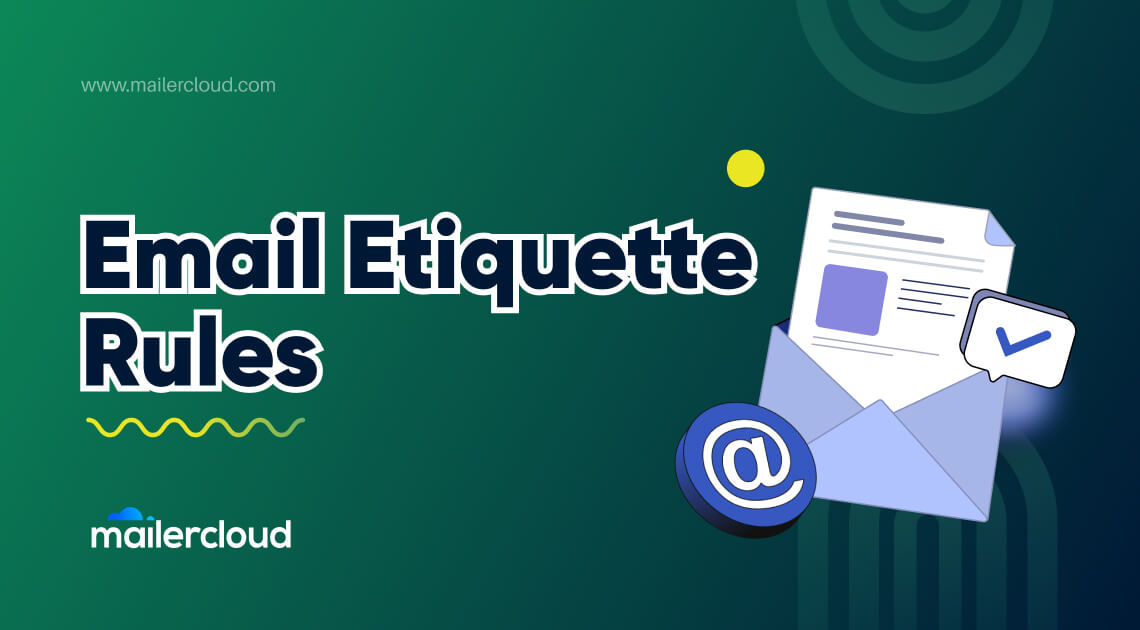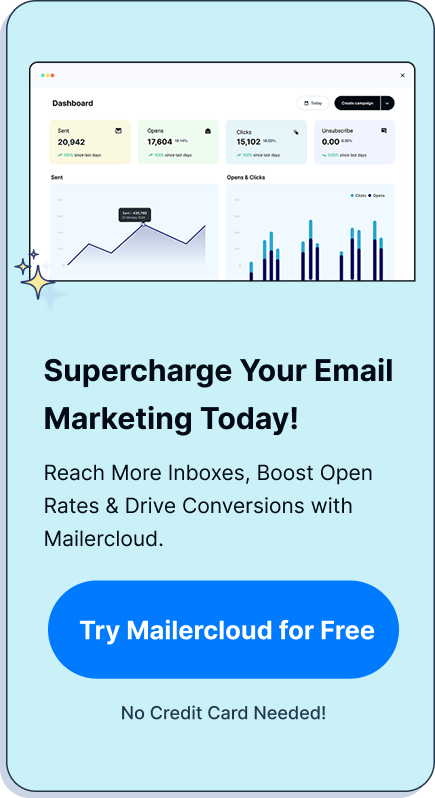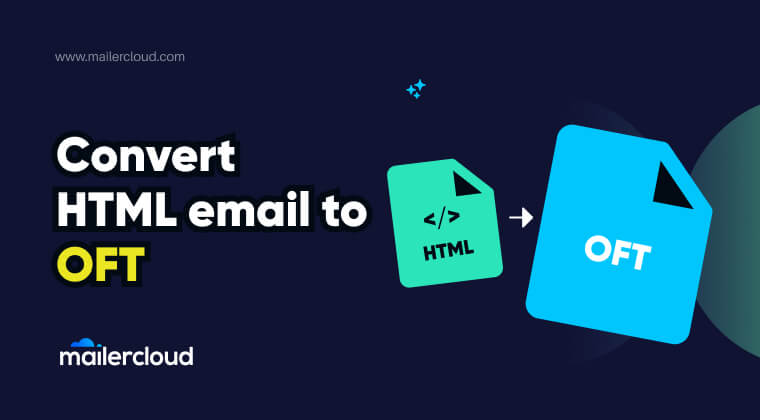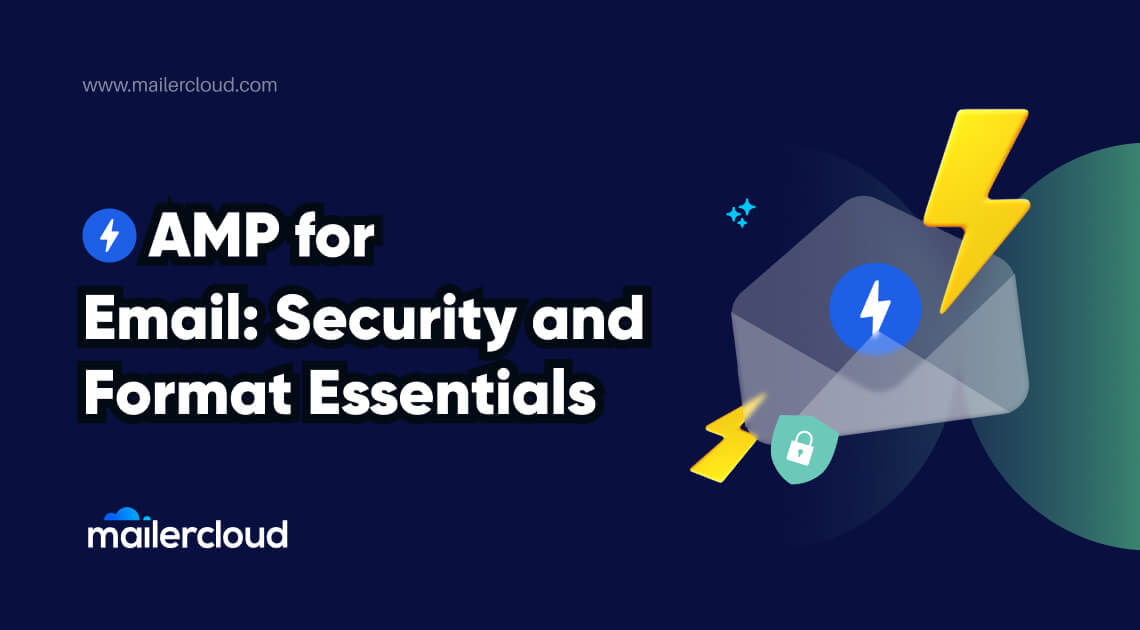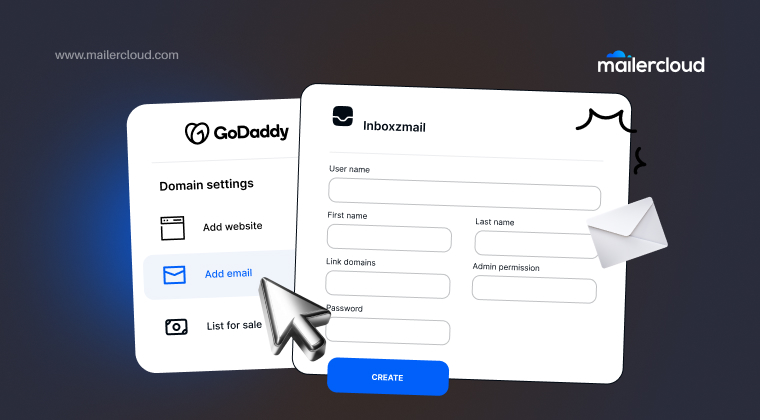In today’s digital-first world, email remains a pillar of professional communication, from Silicon Valley to Mumbai. But poor etiquette—such as vague subject lines, unclear tone, or ignoring cultural nuances—can lead to lost deals, broken relationships, or being marked as spam. Whether you’re sending your first cold pitch in India or replying to a corporate email in the UK, following proper etiquette ensures your emails get noticed and respected.
This blog outlines 15 must-know email etiquette rules for professionals across geographies. Whether you’re located in the U.S., Europe, Asia, or beyond, these updated rules apply globally and will help you craft messages that are culturally sensitive, professional, and effective in 2025.
Table of Contents
Why Email Etiquette Still Matters in a Global Business World
From remote work to cross-border collaboration, business emails cross time zones and cultures. In places like New York, London, or Bangalore, the expectations for tone, structure, and timeliness may vary—but the need for respectful, clear communication remains universal.
A poorly structured email with typos, no salutation, or tone misjudgment can hurt your reputation—especially when dealing with clients or colleagues in different regions. Solid etiquette improves deliverability, response rates, and brand perception—core elements that help local and global professionals stay ahead.
The 15 Global Email Etiquette Rules You Should Follow
1. Craft a Clear, Region-Relevant Subject Line
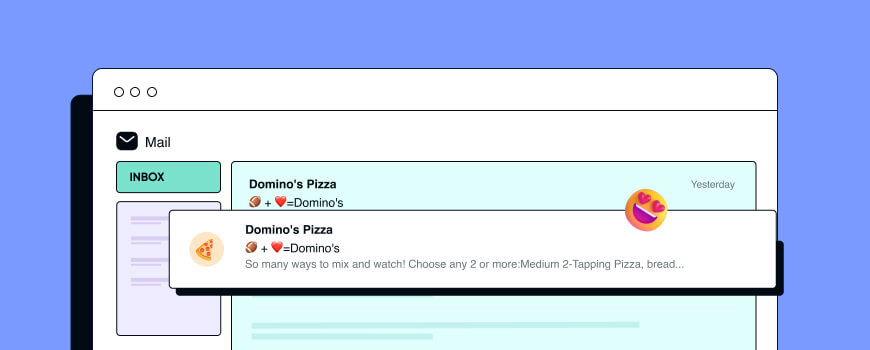
Use relevant keywords to get noticed in busy inboxes, especially for professionals in countries where email volume is high. For example:
Good: “Meeting Request: Thursday Strategy Session – London Team”
Bad: “Plz check!!! urgent”
2. Proofread—Grammar Rules Differ Across Countries
Ensure your language aligns with either American English or British English, depending on your recipient’s location. Double-check for typos and adjust formatting based on cultural norms.
3. Understand Cultural Formalities
Email tone varies by region. In Japan, emails are typically more formal. In the US, tone can be more casual. Adjust accordingly. Use “Dear Mr./Ms.” in formal regions, and “Hi [Name]” when appropriate.
4. Always Use a Polite Salutation
Even in fast-paced workplaces like Singapore or the UAE, skipping a greeting can appear abrupt. Always begin with a courteous greeting.
5. Keep Messages Brief but Contextual
People in Europe may prefer directness, while some Asian cultures expect context. Structure emails to match regional expectations while being concise.
6. Limit Emojis and Excessive Punctuation
Cultural interpretations vary—what’s friendly in Brazil may seem unprofessional in Germany. Stick to clean, minimal formatting.
7. Use CC/BCC with Local Compliance in Mind
In the EU, GDPR laws require caution when sharing emails. Use BCC for bulk recipients and CC only when essential.
8. Be Considerate with Attachments
Large attachments may not be supported in some regions. Use links (e.g., Google Drive, Dropbox) and explain the contents in the body.
9. Use a Signature Tailored to Your Market
Include your location, WhatsApp number (common in Latin America), or WeChat ID (popular in China) when relevant.
10. Respond Promptly—Time Zones Matter
Responding within 24 hours is courteous globally. Include your working hours (with time zone) in your signature to manage expectations.
11. Match Your Tone to the Region
Avoid sarcasm or slang unless you’re sure it will be understood. A playful email in Australia may fall flat in Canada. Aim for clarity and professionalism.
12. Avoid Plagiarized or Generic Templates
AI tools can help, but customize your message. Duplicated outreach—especially in outreach-heavy markets like the U.S.—is easily ignored.
13. End with Clear Next Steps
Wrap up with actionable, time-bound requests. Example: “Please confirm by 3 PM IST Wednesday.”
14. Skip Forwarding Jokes or Informal Chains
This can be seen as spammy, especially in corporate environments like finance or legal sectors.
15. Make Your Brand Voice Consistent
In markets like the UAE or India, branding is critical. Maintain consistent tone, logo usage in signatures, and a polished sign-off.
Real-World Example
Scenario: An HR manager in New Delhi sends an onboarding email to a new remote hire in Manchester. The first version lacks a subject line, no greeting, and has no timezone context.
Improved Version: Subject: Welcome to [Company Name] – Next Steps for Your UK Onboarding Greeting: Dear Emily, Body: Clearly explains what’s needed, links to forms, includes time zone for meetings Signature: Includes HR’s name, designation, WhatsApp number, IST time zone
This culturally respectful, organized email is more likely to be read, understood, and appreciated.
Examples of Poor Email Etiquette (Cross-Border Edition)
- Overusing “urgent” in subject lines
- Sending mass CCs in countries with strict privacy laws (like the EU)
- Using overly casual tone for C-suite recipients
- Forgetting attachments mentioned in the body
- Writing without paragraph breaks (common mistake in internal communications)
What is the difference between formal and informal emails?
Formal and informal emails have distinct differences in terms of tone, structure, and language used. Here are some key differentiators:
Formal Emails:
- Purpose: Formal emails are typically used for professional or business-related communication.
- Tone: The tone of a formal email is polite, respectful, and professional.
- Language: Formal language is used with complete sentences and proper grammar.
- Salutation: Formal emails often begin with a formal salutation such as “Dear Mr./Ms.” followed by the recipient’s last name.
- Structure: They follow a standard email structure including a clear subject line, formal introduction, body paragraphs with concise information, and a formal closing.
- Formatting: The formatting is more structured and may include bullet points or numbered lists for clarity.
- Attachments: Formal emails may have attachments such as documents or presentations that support the content of the email.
- Email Signature: A formal email usually ends with a professional signature including the sender’s full name, job title, company name, contact information, and relevant links.
Informal Emails:
- Purpose: Informal emails are generally used for casual or personal communication among friends, family members, or acquaintances.
- Tone: The tone of an informal email is conversational and relaxed.
- Language: Informal language is used with shorter sentences and possibly colloquial expressions or slang.
- Salutation: Informal emails can start with a simple greeting like “Hi” followed by the recipient’s first name or even no salutation at all.
- Structure: They may not strictly adhere to a specific structure and can vary based on personal style.
- Formatting: The formatting is often less structured without bullet points or numbered lists.
- Attachments: Informal emails may have fewer attachments, if any, and are generally less formal in nature.
- Email Signature: An informal email may end with a minimalistic email signature, usually just the sender’s first name or a nickname.
The Key Takeaways
To summarize, here are the key points to remember regarding email etiquette:
- Use a clear and engaging subject line that accurately summarizes your email’s content.
- Proofread your email for spelling and grammar errors before sending it.
- Know your recipient and tailor your message accordingly.
- Follow email etiquette rules, including being prompt, polite, and respectful in your communication.
- Use emojis and exclamation points sparingly and appropriately.
- Be mindful of email attachments, ensuring their relevance and size.
- Craft a professional email signature that includes your contact information.
- Never send an email without a proper salutation.
- Keep your emails concise, to the point, and easy to read.
- Respond to emails within 24 hours, or provide an estimated timeframe for your reply.
- Maintain a professional tone throughout your email.
- Summarize your email with a professional signature that restates your main points.
- Avoid unprofessional email practices, such as forwarding chain emails or engaging in heated debates.
- Recognize the power of proper email etiquette in establishing a positive professional image.
By following these email etiquette rules, you’ll enhance your professional communication skills, build stronger relationships, and ensure that your emails are effective and well-received.
Remember, effective communication is a two-way street. While email etiquette is important, it’s equally essential to be mindful of how you interpret and respond to emails. By practicing good email etiquette and fostering open and respectful communication, you can contribute to a positive and productive email culture within your professional sphere.
So, the next time you sit down to write an email, keep these email etiquette rules in mind. Your professionalism, clarity, and consideration will make a lasting impression and contribute to successful business communication.
FAQ: Global Email Etiquette in 2025
Email is a primary form of communication in professional settings. Practicing good email etiquette helps ensure your message is clear, professional, and well-received.
CC (Carbon Copy) is used to openly copy recipients who should be aware of the email. BCC (Blind Carbon Copy) is used to discreetly copy recipients without showing their addresses to others.
If the content of your email has shifted to a new topic or you need to communicate with different recipients, it’s best to start a new email to keep the conversation organized.
While it may be hard to answer every email you receive, it’s courteous to reply to messages that require acknowledgment or contain important information.
Always end your email with a polite closing and a professional signature—ideally including your full name, contact info, and a link to your LinkedIn if appropriate.
Keep your subject lines clear and relevant to ensure your message isn’t overlooked. A vague or misleading subject line can result in your email easily getting lost.
Be cautious. Humor used over email can easily get lost in translation. Without facial expressions or tone, jokes may be misunderstood or seem unprofessional.
As a Marketing Director, I develop and implement marketing strategies, conduct market research, and manage a team of marketing professionals. With a successful track record of launching campaigns that drive revenue growth, I bring my marketing expertise to blog writing, creating engaging content that promotes the brand and its products/services.





























